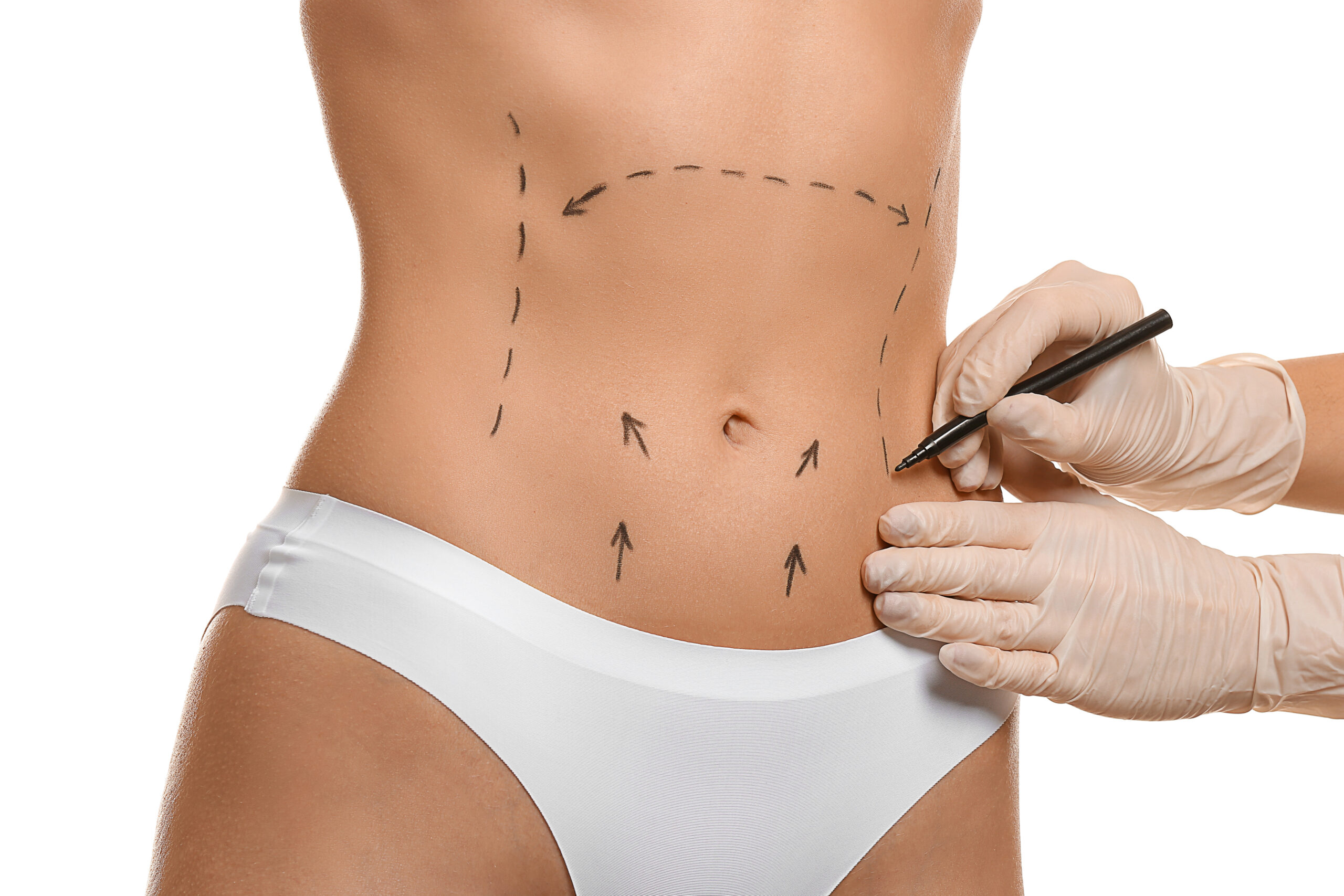Tummy Tuck (Abdominoplasty)

What is Abdominoplasty?
Abdominoplasty, commonly known as a tummy tuck, is a surgical procedure to remove excess skin and fat from the abdomen. It can also tighten the abdominal muscles and improve the appearance of the stomach.
How is Abdominoplasty Surgery Performed?
Abdominoplasty surgery is typically performed under general anesthesia. The incision is usually made horizontally below the pubic area. In some cases, additional incisions may be made around the navel.
During the surgery, the surgeon removes excess skin and fat, and then tightens the abdominal muscles. The navel may be repositioned, and the incisions are closed with sutures or staples.
During the surgery, the surgeon removes excess skin and fat, and then tightens the abdominal muscles. The navel may be repositioned, and the incisions are closed with sutures or staples.
After Surgery Treatment
Recovery from abdominoplasty surgery typically takes several weeks. It’s important to follow your surgeon’s post-operative instructions carefully, which may include:
• Wearing a compression garment to help reduce swelling and support the abdominal area.
• Avoiding strenuous activity for several weeks.
• Taking pain medication as prescribed to manage discomfort.
• Attending follow-up appointments with your surgeon to monitor your healing progress.
• Wearing a compression garment to help reduce swelling and support the abdominal area.
• Avoiding strenuous activity for several weeks.
• Taking pain medication as prescribed to manage discomfort.
• Attending follow-up appointments with your surgeon to monitor your healing progress.
Things to Be Careful About
While abdominoplasty surgery can be a safe and effective way to improve your appearance, it’s important to be aware of the potential risks and complications associated with the procedure. These may include:
• Scarring: Incisions can leave visible scars.
• Asymmetrical results: It may be difficult to achieve perfectly symmetrical results.
• Numbness or loss of sensation: You may experience numbness or loss of sensation in the abdominal area.
• Infection: There is a risk of infection after any surgery.
• Blood clots: There is a small risk of developing blood clots in the legs or lungs after any surgery.
• Hernia: A hernia may develop at the incision site.
If you’re considering abdominoplasty surgery, it’s important to discuss the risks and benefits with your surgeon to determine if it’s the right procedure for you.
• Scarring: Incisions can leave visible scars.
• Asymmetrical results: It may be difficult to achieve perfectly symmetrical results.
• Numbness or loss of sensation: You may experience numbness or loss of sensation in the abdominal area.
• Infection: There is a risk of infection after any surgery.
• Blood clots: There is a small risk of developing blood clots in the legs or lungs after any surgery.
• Hernia: A hernia may develop at the incision site.
If you’re considering abdominoplasty surgery, it’s important to discuss the risks and benefits with your surgeon to determine if it’s the right procedure for you.
